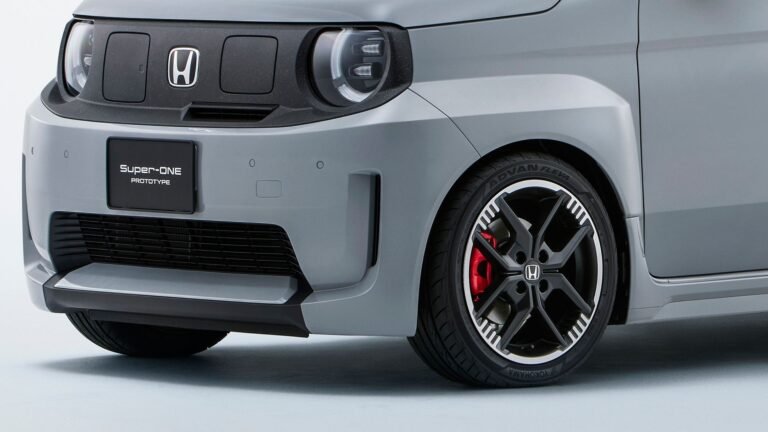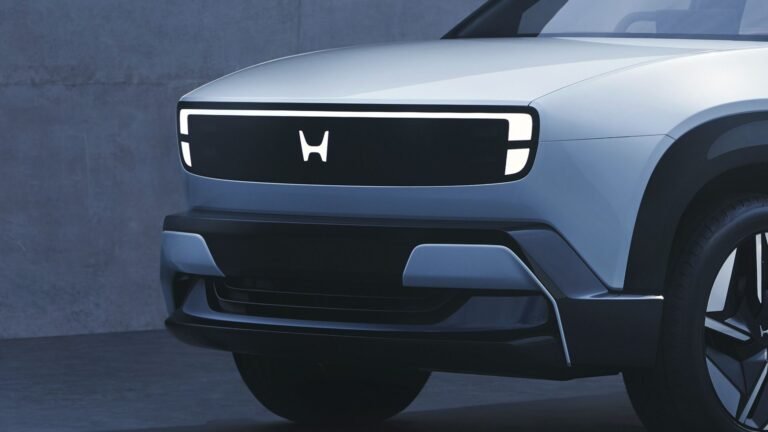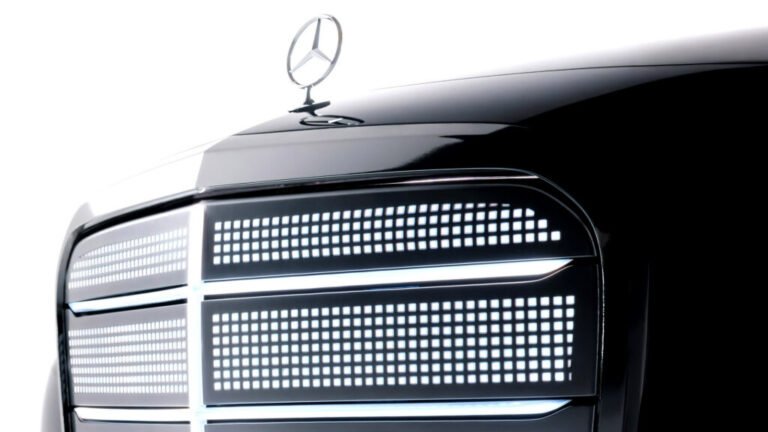Police in South Barrington, Illinois, have confirmed that a Tesla driver fell asleep behind the wheel and crashed into a parked police SUV while the car was reportedly operating in Autopilot mode. As per the below Facebook post, the driver admitted to dozing off moments before the collision, claiming that the Tesla was controlling itself at the time of impact. No injuries were reported, but both vehicles sustained significant damage.
The incident occurred early in the morning along Route 59, when officers were investigating another traffic stop. The Tesla, traveling on the same stretch, slammed into the back of the stationary patrol car despite warning lights being active. Police said the driver faces multiple citations and reiterated that Autopilot is not a substitute for driver attention.

A Familiar Pattern for Tesla
This crash joins a growing list of Tesla-related accidents involving inattentive drivers and parked emergency vehicles. The National Highway Traffic Safety Administration (NHTSA) has already opened multiple probes into Tesla’s advanced driver-assistance systems, including Full Self-Driving (FSD) and Autopilot. The latest expansion covers nearly 3 million vehicles following reports of unsafe driving behavior and traffic-law violations.
Tesla has not commented publicly on the Illinois incident, though the company has repeatedly stated that drivers must keep their hands on the wheel and remain alert at all times when Autopilot is active. The system, Tesla says, is designed to assist, not replace, human supervision.

Federal Scrutiny Continues
The crash comes amid heightened regulatory attention to Tesla’s automation features. Recently, the NHTSA is examining a separate Autopilot setting that encourages more aggressive lane changes and speed adjustments. The feature’s name, borrowed from a post-apocalyptic movie, has already raised eyebrows among safety experts.
Together, these investigations reflect growing concern that Tesla’s driver-assistance systems may allow or even encourage risky on-road behavior, whether through design or misuse. The Illinois crash adds another data point for regulators already weighing tighter oversight of semi-automated driving tech.
It’s been a volatile month for Tesla beyond its software controversies. The company recently confirmed yet another pricing adjustment, highlighting its unpredictable pricing strategy. The brand continues to dominate EV headlines, though not always for reasons it might prefer.

Why It Matters
Incidents like the South Barrington crash underscore the growing disconnect between driver perception and system capability. While Tesla markets Autopilot as a cutting-edge safety aid, drivers often treat it as a hands-off autonomous mode, with dangerous results.
For regulators, the case provides another example of how semi-automated technology still depends on human responsibility. For Tesla, it’s yet another reminder that the line between convenience and complacency remains dangerously thin.


